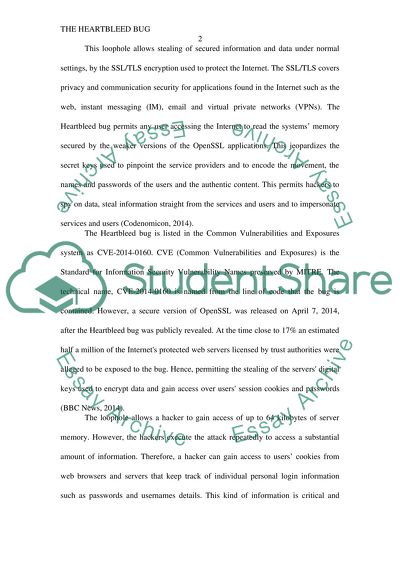Cite this document
(“Network Security Paper Essay Example | Topics and Well Written Essays - 1000 words”, n.d.)
Network Security Paper Essay Example | Topics and Well Written Essays - 1000 words. Retrieved from https://studentshare.org/information-technology/1680297-network-security-paper
Network Security Paper Essay Example | Topics and Well Written Essays - 1000 words. Retrieved from https://studentshare.org/information-technology/1680297-network-security-paper
(Network Security Paper Essay Example | Topics and Well Written Essays - 1000 Words)
Network Security Paper Essay Example | Topics and Well Written Essays - 1000 Words. https://studentshare.org/information-technology/1680297-network-security-paper.
Network Security Paper Essay Example | Topics and Well Written Essays - 1000 Words. https://studentshare.org/information-technology/1680297-network-security-paper.
“Network Security Paper Essay Example | Topics and Well Written Essays - 1000 Words”, n.d. https://studentshare.org/information-technology/1680297-network-security-paper.


